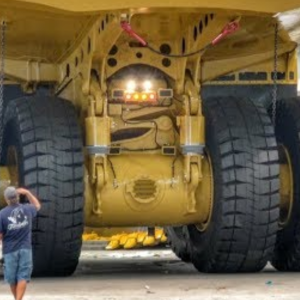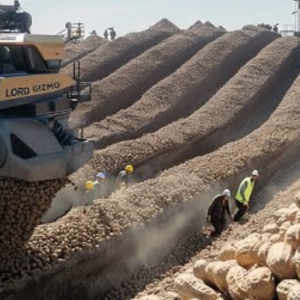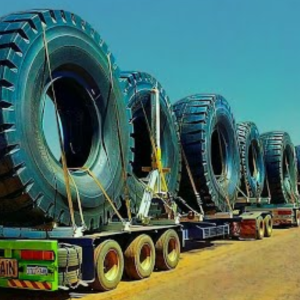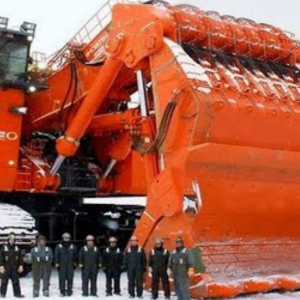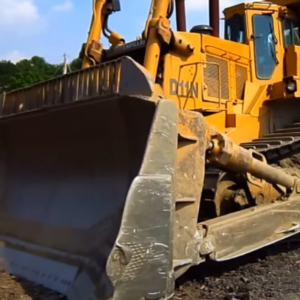
For gearheads, Smokey Yunick is an American folk hero, a current-day Mike Fink or Molly Pitcher. His exploits are the stuff of myth and legend—take his notorious ’66 Chevelle, for example.
Here’s proof that Smokey is a contemporary folk hero: People love to tell Smokey stories, even when they know the stories can’t be true. The tales seem to grow a bit taller with each telling. His hot-air Fiero used water for fuel; he raced a scale-model Chevelle right under NASCAR’s nose.
Check it out. When they’re talking about Smokey, people enjoy telling their own tall tales, adding their own embellishments. And that, folks, is where folklore comes from. If you think we’re knocking this phenomenon, quite the contrary. This is a special thing when you think about it: that a racing personality could attain the status of legend, and nearly in his own lifetime.
To understand the legends, maybe we could start with what we know to be true. In the case of Smokey’s Chevelle, we can start here: There wasn’t just one Chevelle; there were three. And the most notorious of them, the second one, wasn’t built by Smokey. It was constructed by Chevrolet Engineering back in Michigan, then finished by Smokey and a crew of Chevrolet technicians in his shop at 957 N. Beach Street in Daytona Beach.

And while the Chevelle(s) was often called a ’67 model, even by Smokey himself, all three cars wore ’66 bodywork. However, many of Smokey’s Chevelle-related capers took place in the 1967 calendar year, perhaps generating some of the confusion. The ’66 and ’67 models are similar to the casual eye.
Of course, here’s the most popular yarn told about Smokey’s Chevelle over the years: It wasn’t a real Chevelle at all. No, it was a perfect 7:8 scale miniature Smokey fabricated in a cunning scheme to cheat the wind and the NASCAR rulebook. It’s a great story, one of the top bench racing tales of all time. But unfortunately, it doesn’t pass a basic smell test.
In truth, if Smokey’s Chevelle were a true 7/8 size, it would be almost 10 inches narrower and more than two feet shorter than a full-scale version. The wheelbase would be only 100 inches; the track 50 inches. The car would be Vega-sized, not Chevelle-sized, and the scam would be obvious in a rainstorm at midnight.
There’s a similar but slightly less far-fetched version that says the Chevelle was a 15/16 model. Nice try, but such a mini-Chevelle would still be blatantly bogus, with its full-size wheels, lamps, and accoutrements sticking out on the shrunken body like swollen thumbs. So what was the real deal on Smokey’s Chevelle? Let’s do a straight comparison with the production version, line by line, inch by inch.

Well, look at that. DIsappointingly stock, isn’t it? It’s clearly not a scale model in any sense, and compared to the NASCAR stockers of later years, the car is remarkably unmodified. It’s just as Smokey insisted all along: The sheet metal was stock. The serious aero mods were under the car, where he attempted to smooth the floor pan—with debatable results.
However, there is one interesting alteration visible in the photo above: The body has been moved back on the chassis approximately two inches, improving weight distribution and moving the aerodynamic center of pressure a bit to the rear. This was one of the modifications that caused NASCAR to call shenanigans, as shown below.

Smokey himself wrote a tell-all on the Chevelle in the October 1987 issue of Circle Track magazine, where he was a regular columnist. In this piece, he says the scale-model tales began when NASCAR officials attempted to construct a Chevelle body template, but used the wrecked-and-rebuilt racer of Bobby Johns as the pattern. The template wouldn’t fit the Yunick Chevelle (or any Chevelle they tried it on, apparently) and the rumor mill went to max revs.
We’re barely scratching the surface here. Along with the Circle Track story, two more good sources of info on the Chevelle are Yunick’s must-read autobiography, Best Damn Garage in Town, and Chevrolet = Racing? Fourteen Years of Raucous Silence! 1957-1970, by former Chevrolet engineer Paul Van Valkenburgh. The latter tells the story from the Chevrolet R&D point of view, while Smokey’s memoir represents his unique take on the matter, naturally. This is one of those stories where the truth is better than fiction.
More Smokey Yunick stories at Mac’s Motor City Garage:

